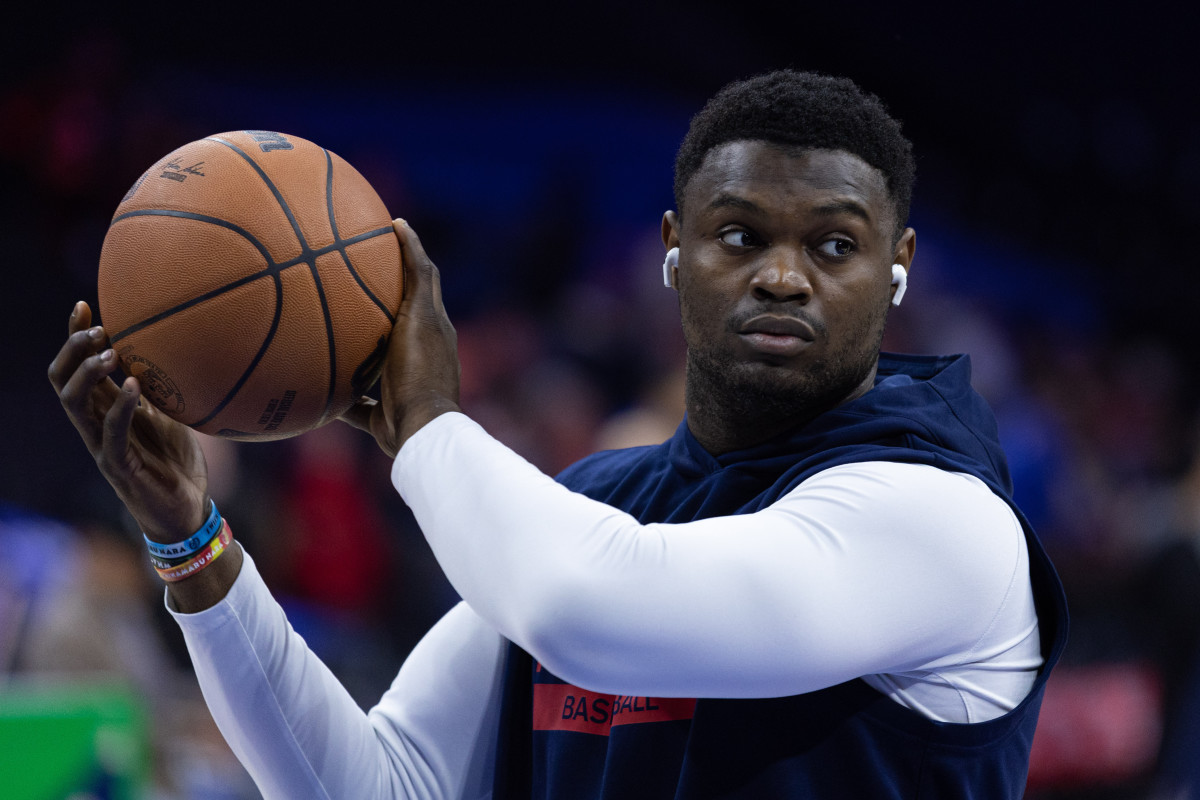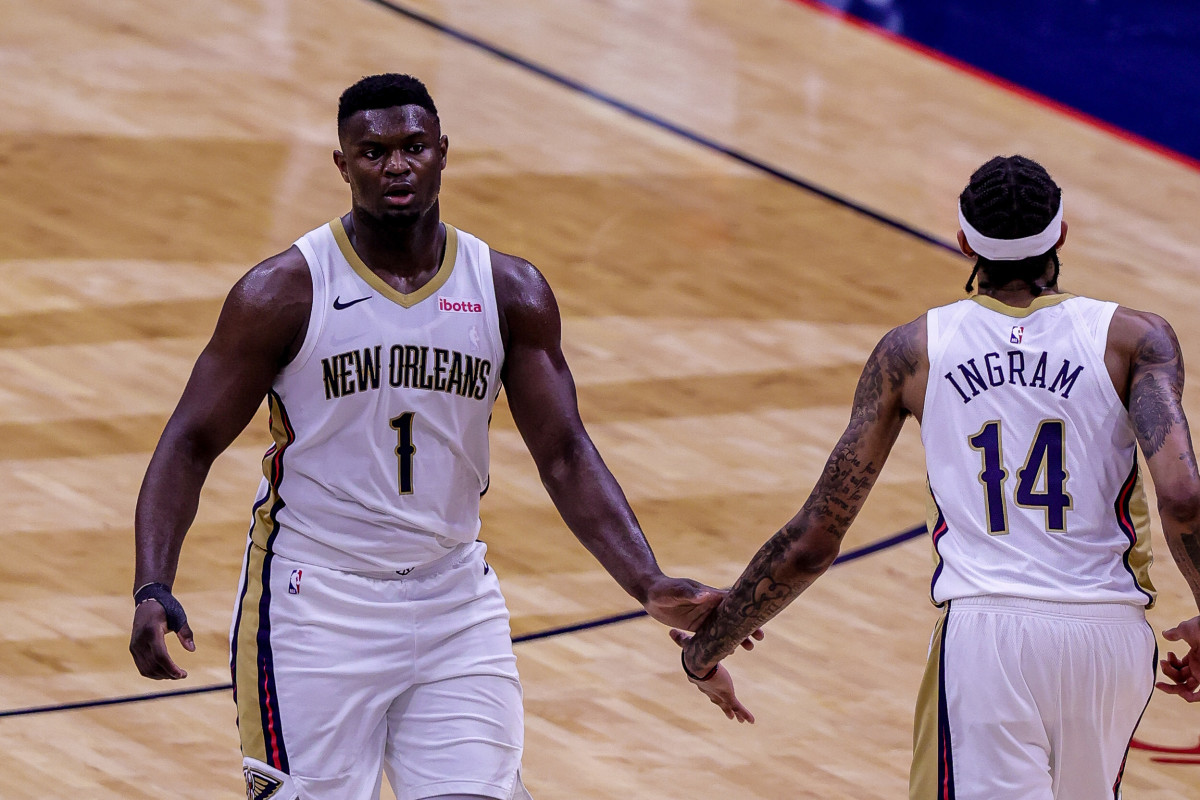We Should Consider the Pelicans Contenders, If Their Stars Can Stay Healthy

Heading into a season in which the defending-champion Nuggets still exist, the Suns have loaded up, the Lakers have added depth and the Warriors have brought on Chris Paul, it might seem a bit baffling to give considerable thought to the Pelicans, which have failed to reach the playoffs this year.
But taking even the slightest moment to consider the reality New Orleans faced as of late—losing Zion Williamson for the last 45 games of the season, and seeing him and Brandon Ingram play in a grand total of just 12 games together over the past two campaigns—clarifies a lot. Boasting Williamson, Ingram and CJ McCollum, the Pelicans have an enormous amount of high-end talent. They have impressive wing depth as well, with stud defender Herbert Jones and high-flying sharpshooter Trey Murphy III, among others.
What the club hasn’t had in recent years is good health. While the team was essentially in the middle of the pack in terms of games missed due to injury last season, ranking 13th with 194, those absences took a larger toll on New Orleans than most clubs given that Williamson and Ingram alone accounted for 46.3% of them. The story from the season before, when Williamson failed to play at all, was more drastic; the Pels ranked sixth in games lost due to injury, with 297.

Still, Willie Green’s club managed a winning record (42–40) last season despite being banged up. McCollum was healthy and looked like an All-Star, averaging nearly 21 points and six assists in 75 outings. Ingram was highly efficient and had career-best numbers (24.7 points and 5.8 assists) in the 45 games he played. Jonas Valančiūnas led the NBA in total rebounding percentage for the first time. The 24-year-old Jones was a pest again defensively, and the 23-year-old Murphy made one of the biggest year-to-year improvements in the entire league. None of this even touches on ace defender Jose Alvarado, reserve extraordinaire Larry Nance Jr., or 20-year-old guard Dyson Daniels, whose multitalented game as a 6'8" point guard figures to benefit the Pelicans for years to come.
The question now becomes whether Williamson can stay healthy and help morph the club into a contender.
After the Pelicans’ victory over the 76ers on Dec. 30, New Orleans stood at 23–12, which was tied with Denver for the best record in the Western Conference. Then, as Williamson exited the lineup with an injury, the Pels dropped 15 of their next 18 games. New Orleans didn’t fully stabilize until closer to late March, when it reeled off five wins in a row. The downturn was just enough to lower the Pelicans into ninth place, meaning they’d have to win consecutive play-in games to reach the playoffs. They faltered, ending their season prematurely.
It’s not hard to imagine the club with better positioning; it’s just fair to wonder whether it will ever happen for this particular group. Ingram logging just 241 minutes with Williamson last season was grim, but the upside was clear: New Orleans was dominant, besting opponents by 13.3 points per 100 possessions, in the time the two stars shared the court.

Still, the question of how much longer the Pelicans can wait is relevant here. By his own admission, the injury-prone Williamson has said he can do more to increase his odds of staying healthy, citing the importance of doing added flexibility work. If a considerable chunk of this season is lost to injury, as well, the drumbeat for a potential trade will only grow louder—especially with the team having a winning record with such a poor health track record for its stars.
It’s part of what makes the Pels so intriguing: There’s a framework for them to contend relatively quickly if they stay healthy, but even if Williamson gets bitten by the injury bug, their next steps figure to be just as fascinating. The team appears positioned well, regardless of how it plays out.
